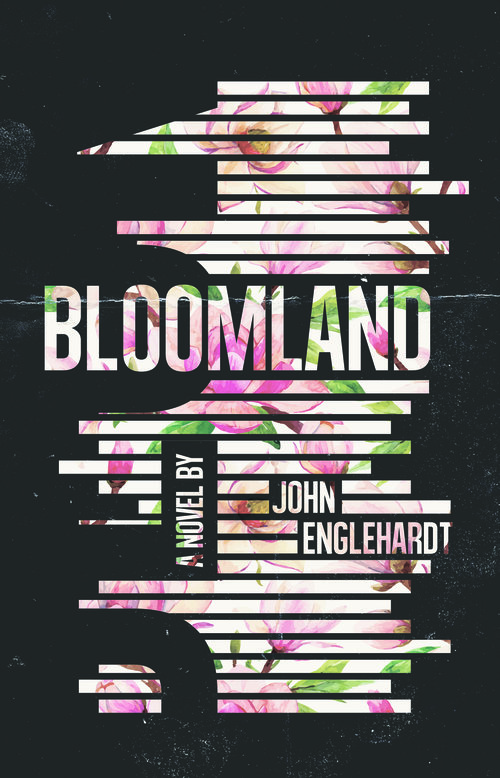BY ANANYA KUMAR-BANERJEE
—
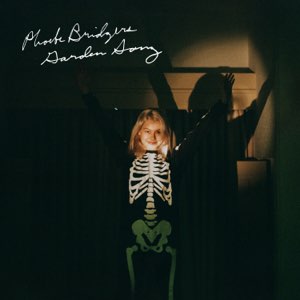
I’ve been fixating on gardens recently. Maybe this is because I live in an apartment, and I’ve been spending all my time inside. Maybe I’m thinking about gardens because they remind me of my childhood, when my family lived in a house with a backyard framed in the ferocious green of mid-Atlantic weeds. Maybe I’m thinking about gardens simply because, at the time of my writing, it’s spring. It’s the time of year when life reminds us that things are still moving forward, even if we think they aren’t.
Phoebe Bridgers’ Garden Song was released in late February of 2020 as a single. Shortly after, it became Bridgers’ most popular song, soaring ahead of Motion Sickness. After the release of the album Punisher, Garden Song was buried among a series of electric and sentimental songs. But Garden Song remains important for me. It is irrevocably linked in my memory to where I was at the beginning of the pandemic.
+
Garden Song is a moody ballad. The introductory thrumming feels like it is made to be heard from inside a house, the sole sounds emptying into a room where one sits alone. It’s a song about the future. I started listening to the song in the beginning of March 2020, well before we knew things would be as they are now.
In the song, Bridgers’ narrator tells us she’s looking to the future, to a “someday”. She’s dreaming, reflecting on the possibilities of a particular imagined day. Bridgers pelts us with details: a house upon a hill, a skinhead neighbor, false flowers in bed, a fire in her youth. But the chorus is where it hits us. The chorus is where she reveals the emotions grounding the whole piece.
There, she reveals that she is looking at someone. This is the person she wants to share her “someday” with. She tells us this she wants a shared future. A future with a garden. Who knows if it will happen? Who knows how much will have been lost along the way?
There’s a certainty in that desire that is grounding, especially when life becomes loose at its hinges. Time becomes a detail. Instead, we are asked to look inward. Bridgers points us to an internal clock which is significantly less meticulous. It is type of time-keeping that has very little to do with regular rhythms. Garden Song begs the question: Do you know what you want? It doesn’t ask how long it will take to get there.
Wanting these days is a complicated feat for me. It’s naïve, it’s romantic, often, it’s pathetic. I can’t help but feel as if I’m experiencing a crisis of desire. This crisis feels reflected back at me in the media I consume. In the books I read, disaffected narrators state the facts of their life with no gesture towards their desires or the future. In the news I watch, we move away from the hopefuls towards the expected. Desire loses its currency in a world that is closing in on itself. The center, once firm, does not hold. But desire propels us forward. Strong desires are often indecipherable from needs.
Garden Song gives wanting a kind of value that is, for me, hard to overstate. To want something is to believe, however impossibly, that it might given to you. TWhen we desire something or someone, we implicitly say that we are willing to do something to get to the object of our desire. We admit that we have not given up. Desire is the antithesis of the resignation I find myself wearing as an everyday garment.
+
Times between when I first started listening to Garden Song and now seems to have passed in one fluid stroke. Like Bridgers’ narrator, I don’t know how, but I got here. I’m here in my apartment in Connecticut, and it is spring. Every morning at 8, the birds hum their tune at a pace paralleled in Garden Song. Somehow, I lost winter along the way. The days are often sunny and brisk. The trees look courtly in their coral and blush plumes.
Today, I saw the loose petals of a cherry blossom tree scatter in the wind. I was listening to Garden Song and thinking about how I wanted to share this memory with someone. Like Bridgers’, I don’t know what’s going to happen in the future. I don’t know if my parents and grandparent will make it to the end of this virus. I try to keep my eyes trained on the horizon, Bridgers’ invoking “someday”. I am trying to make space for wanting in my life because I can’t let myself give up. I look for the beauty provided by the earth’s movements.
I stay inside. I call my parents daily, sometimes multiple times a day. This is the closest I’ll be to them for months. I dig my hands into more books, into a fresh set of pencils and charcoals. I want to read. I want to draw. I want to see beauty in life’s edges. I want to, like Bridger, look up into the world and see a life worth living.
So, yes, I’ve been thinking about gardens, the kinds which are starting to flourish in New England every spring. Sometimes, I smell the fresh soil and grassy dew of gardens in my dreams. I see their colors outside my window, where the birds have been singing into the late morning hours. Gardens are the product of years of desire and hard work. They demand patience and investment.
I’ve been thinking about the kind of person I want to be. What kind of world I want to grow into, what I want my garden to look like. Who I want to grow alongside. If you listen closely to the song, you can hear a second voice paired softly with Bridger’s at the chorus. A voice which amplifies her own. This voice is also thinking about the future, wondering how we got where we are. This voice is just trying to figure it out, too.
I’d like to think that someday, I’ll have a house with an herb patch that produces perfect pleats of hot peppers. I’m trying to focus on the small details without paying attention to the kinds of things that could hurt. I’m putting effort into imaging a future of gardening, where desire rules my life in an orderly fashion. I want to believe that there will be good things waiting for me and the people I love in a decade or two. I have to.
The life I live after this virus – if it might be said, however daringly, that there will be an after — will be one haunted by all that preceded it. It will be filled with the ghosts. So, I don’t flood my future with my mother’s face, my grandfather’s smile. I fill it with a sense of calm possibility, the very mood brilliantly echoing throughout Garden Song. I want big bay windows and sunlight that soaks in all the warm colors of my house. I want a family. I want to love many people. I want a life full with all its living. I tell myself that I know that I will get there.
Like Bridger’s declining, soft voice tells us at the end of the folksy tune: “No, I’m not afraid of hard work/And I did everything I want/I have everything I wanted.” Like Phoebe Bridgers, I concede to my desire, because I know it does something profound: it keeps me alive.
—
Ananya Kumar-Banerjee is an MPhil Candidate for World Literatures in English and a recent graduate of Yale, where they studied Ethnicity, Race & Migration. Ananya is interested in the dynamic between speculative work and contemporary narratives around reality. They are a proponent of literary romance and local public radio. When they’re not reading, you can find them listening to love songs and playing with their tuxedo cats, Patchouli and Arlo.
![[PANK]](http://pankmagazine.com/wp-content/themes/pank/assets/images/pank-logo-large.png)

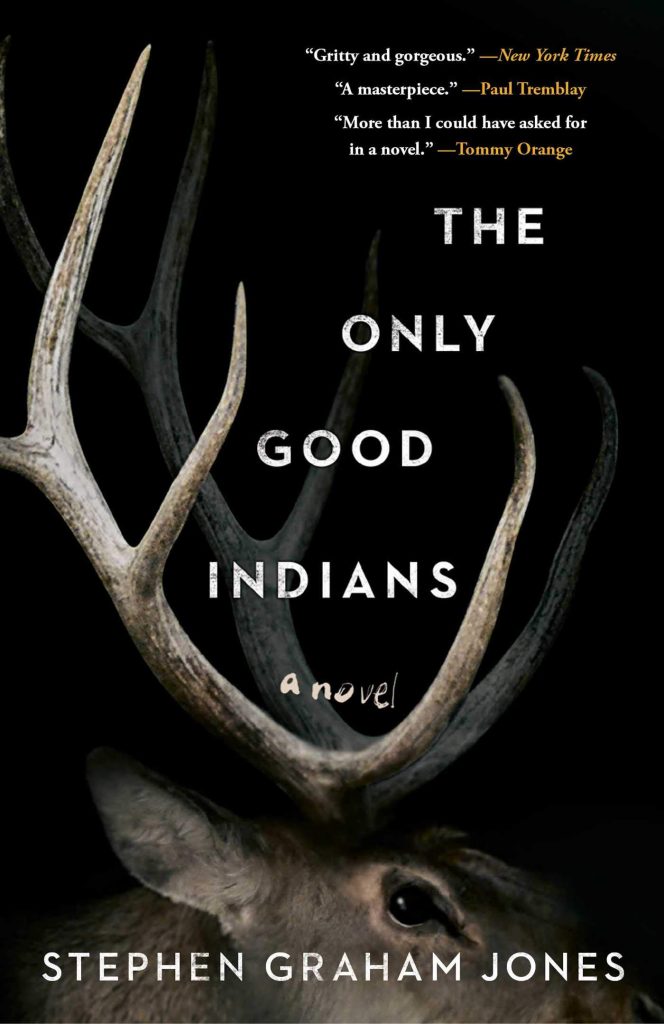
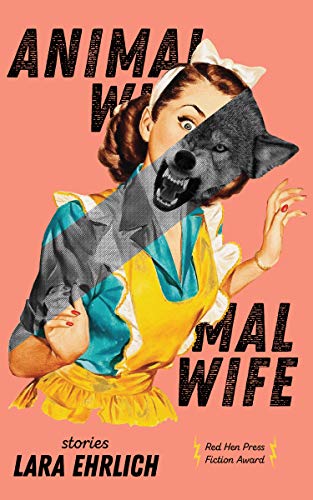
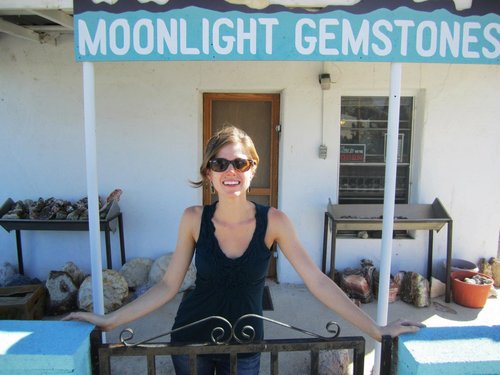
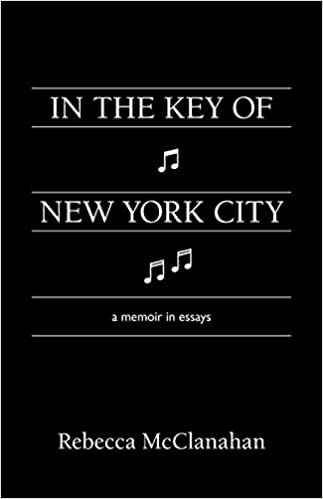

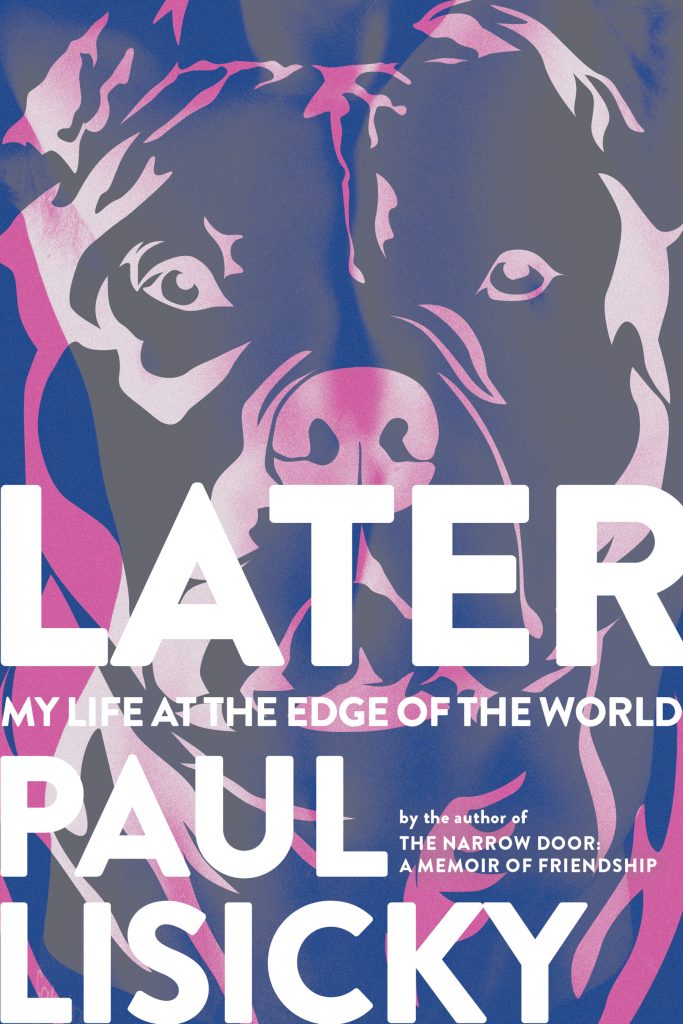
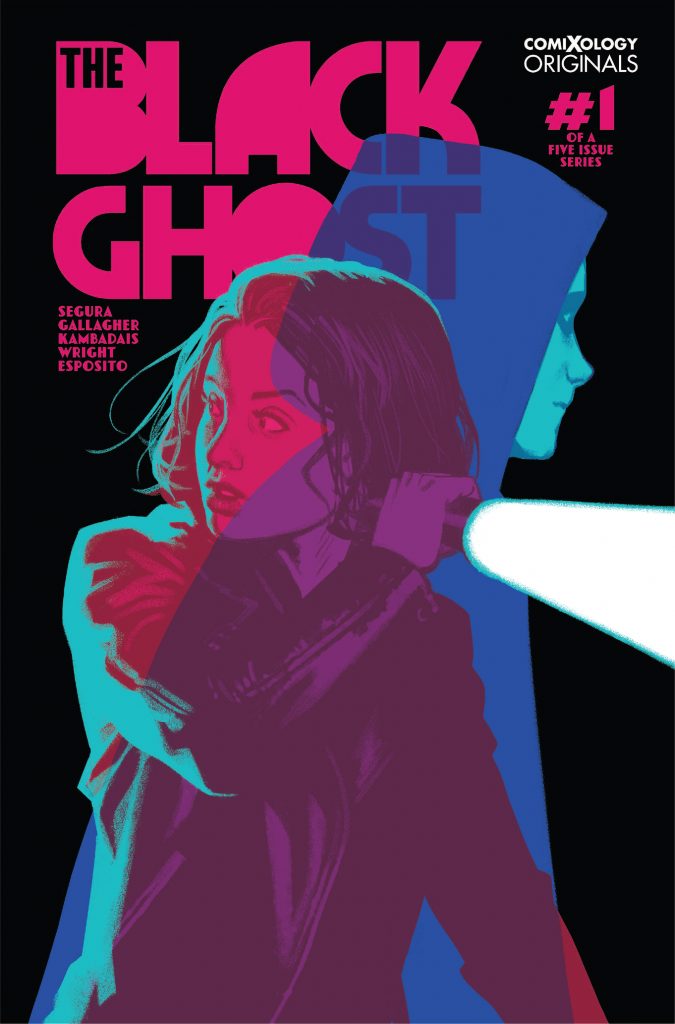
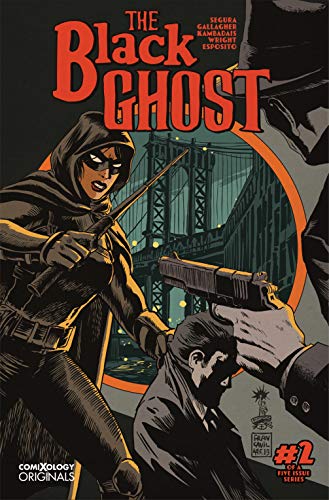
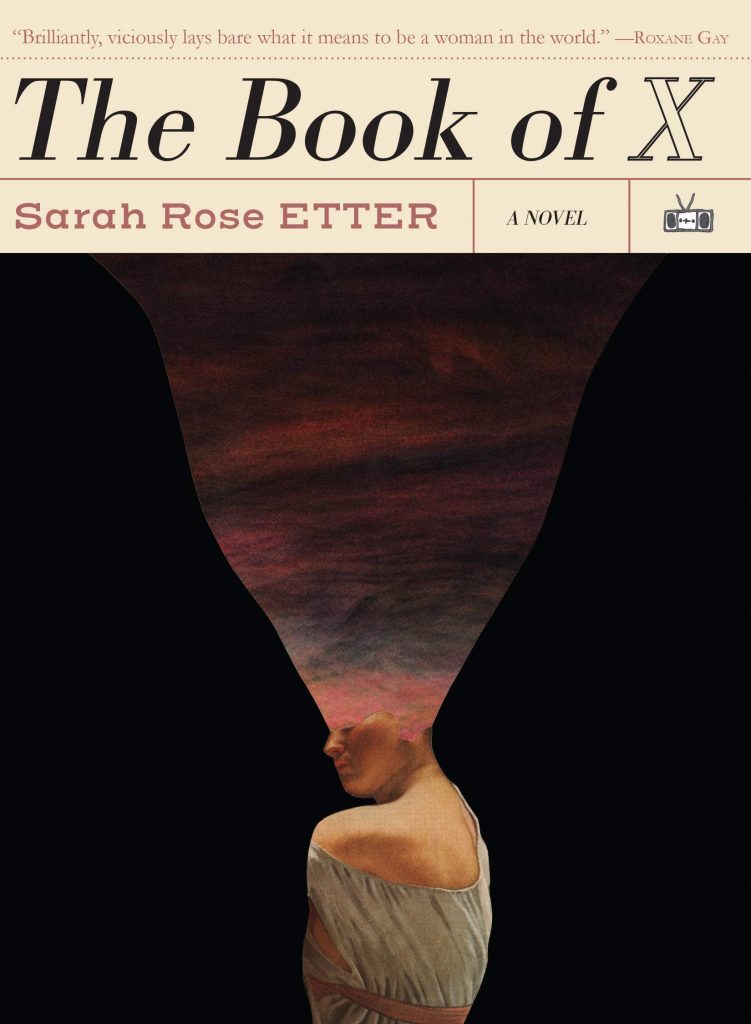


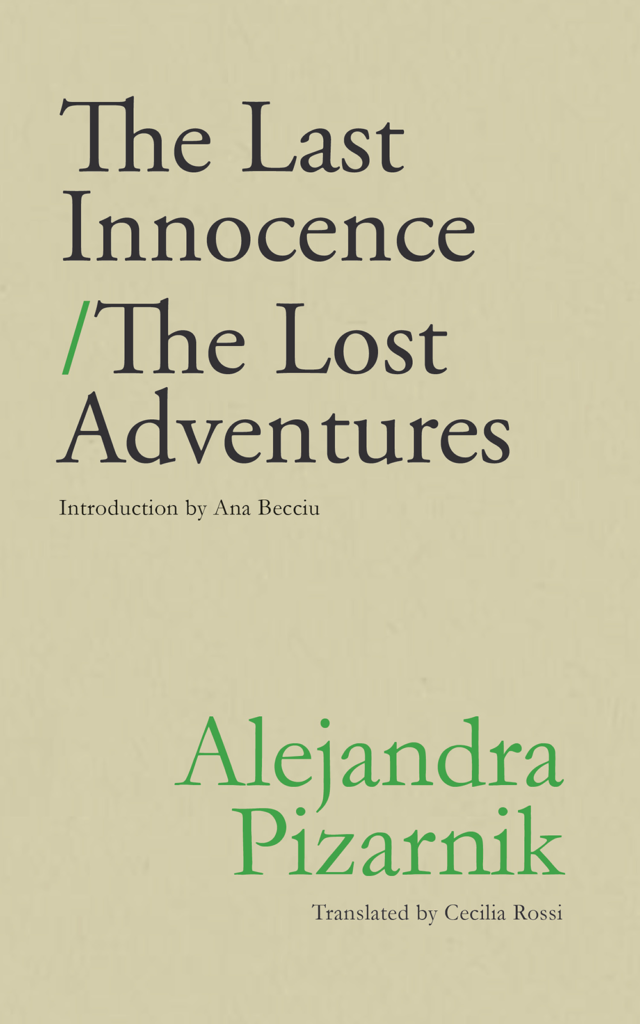
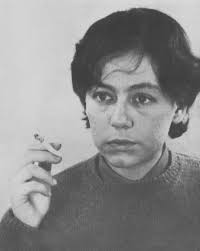 Indeed, the letters discussed by Cooke suggest to me that Pizarnik’s correspondence to Ostrov may have been manipulative, though, to what end? The letters leave the impression of a playful girl, and Enrique Vila-Matas, writing in Lit Hub in 2016, states, “The dark force of her Immaturity produces an irresistible attraction,” different from today’s “academic lyric poetry.” Pizarnik had a history of rebelling against the academic establishment, a characteristic that she shared with the Expressionists. But The Last Innocence/The Lost Adventures, collections written before her residence in Paris (1960-1964), has more affinities to Surrealism as compositions representing the poet’s unconscious psychological states of being and deep motivational drives (e.g., epigraph poem).
Indeed, the letters discussed by Cooke suggest to me that Pizarnik’s correspondence to Ostrov may have been manipulative, though, to what end? The letters leave the impression of a playful girl, and Enrique Vila-Matas, writing in Lit Hub in 2016, states, “The dark force of her Immaturity produces an irresistible attraction,” different from today’s “academic lyric poetry.” Pizarnik had a history of rebelling against the academic establishment, a characteristic that she shared with the Expressionists. But The Last Innocence/The Lost Adventures, collections written before her residence in Paris (1960-1964), has more affinities to Surrealism as compositions representing the poet’s unconscious psychological states of being and deep motivational drives (e.g., epigraph poem).